Merchandise as a Growth Engine: The Rise of Merch in Artist Revenue Models
Creating fashion forward merchandise
Merch is no longer a side hustle for DJs—it’s a core part of the business model. Merchandise has become a key revenue stream for electronic dance artists, and artists are capitalizing on it.
Merchandise has quietly become one of the most important revenue streams for DJs and electronic dance music artists today. What was once an afterthought—something fans picked up on their way out of a show—has now become a key pillar of an artist’s brand, identity, and income. In an era where streaming pays pennies and touring is expensive and unpredictable, merchandise offers something rare: control, margin, and direct fan engagement.
The dance music industry is booming. Globally, it's valued at over $11 billion and projected to nearly double by the early 2030s. Within that ecosystem, merchandise is experiencing its own kind of growth. Although the broader music merchandise market is expected to grow more slowly—reaching about $16.3 billion by 2030—the EDM segment is showing outsized momentum. That’s partly because the culture around dance music is uniquely visual and experiential.
At a typical show, many artists make more from merchandise than they do from streaming in an entire year. According to reports from AtVenu, a mid-level touring act can expect to pull in around $10,000 in merch sales per night, far outpacing their digital royalties. The margins are high, and the demand is reliable—especially in festival settings, where tens of thousands of fans are gathered, buzzing, and ready to buy.
There’s also a shift happening in how merchandise is created and sold. It’s no longer just T-shirts and hoodies with a logo slapped on. Artists are dropping limited-run collections, experimenting with digital goods, and creating higher-end, fashion-forward pieces that fans are proud to wear. Some are even combining physical products with digital experiences—like QR-coded apparel that unlocks unreleased music or exclusive content.
Social media and e-commerce have lowered the barrier to entry. Artists can launch drops directly from their phones, run pre-orders, and market to fans globally without ever needing a merch table. Even so, live events remain a powerful selling environment. Festivals like EDC, Tomorrowland, and Ultra are cultural moments—fans want souvenirs that tie them to the experience, and artists who plan ahead can turn those moments into massive ROI.
What’s also changing is the mindset. More artists are treating their merch not just as a product, but as a business. They analyze what sells, they study drop timing, and they collaborate with designers. Many even view merch as a form of creative expression—another way to communicate who they are, especially as audiences become more invested in supporting the people behind the music.
As the EDM world grows, so does the opportunity. Merchandise isn’t just an add-on anymore—it’s part of the show. For artists willing to invest in thoughtful design, smart promotion, and consistent storytelling, merch is no longer just a source of income. It’s a brand builder, a connector, and a business all its own.






.png)